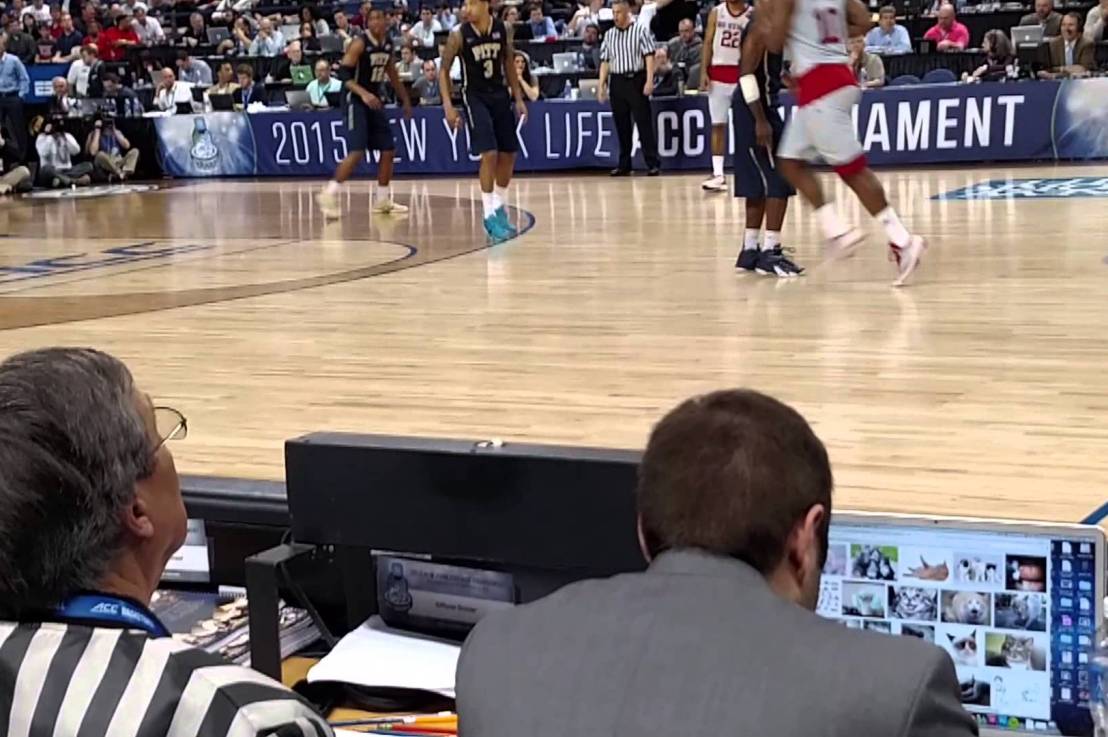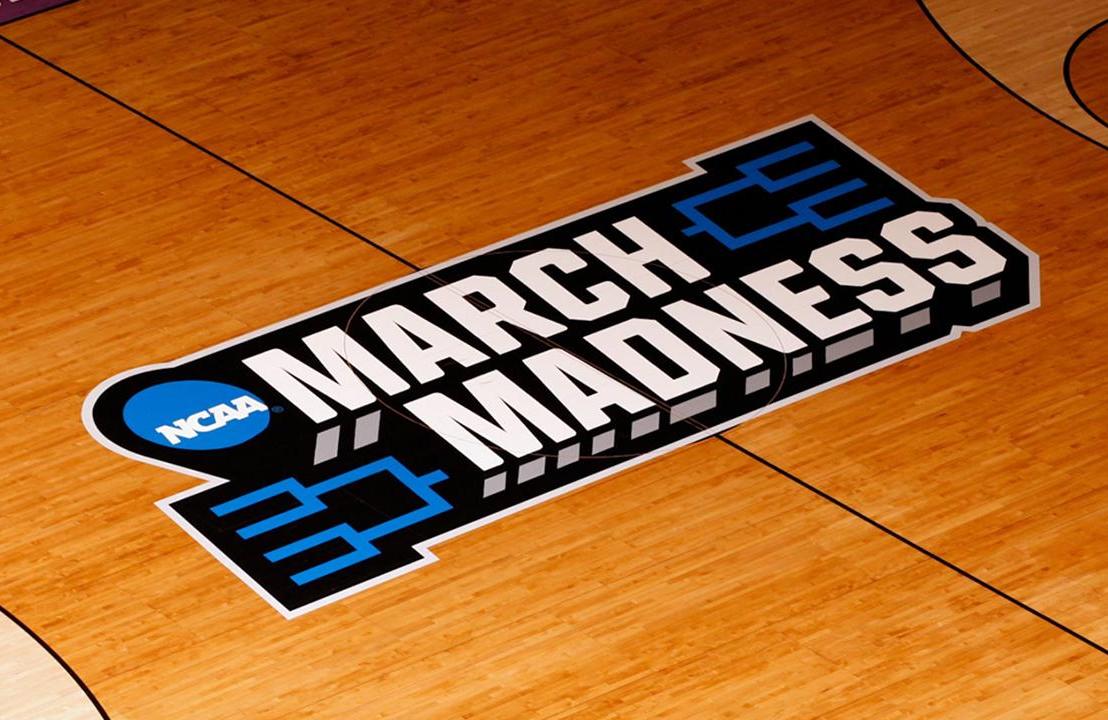In previous blog posts, I have examined new aspects of the game of basketball and where the game is going, one of which can be read and heard here. However, now, I would like to talk about how I have been involved in the game.
I have actually been involved in all aspects of the game, from playing to refereeing to working at the table. About the only thing I have not done is coach! My first involvement in the sport was playing in the local Keene youth league when I was in elementary school. The league had games for about an eight week span in the winter months on Saturday mornings at the Rec Center. I would play on a team of about eight or nine people, with games against a handful of other teams with local kids. As I got older, I played in some higher-level leagues, but those were still local in nature.
Once my playing career fizzled out, I actually officiated the same youth league I was just talking about. It was not overly difficult, but it was fun to stay involved and make a little bit of money on Saturday mornings, often before I had to work at college games (which I will discuss in a moment). I did not have much officiating experience, but I felt it was a good idea to get a little bit of experience, regardless of how simple it was doing kids of that age. I must note, however, that for kids that are serious about moving forward with a basketball career, it is very important to learn the rules and what you can and can’t do at an early age. This can build good habits, and the earlier it’s done, the better.
In recent years, I have not done much basketball officiating, but I have continued to work at the games here at Keene State. I have done this for several years now and enjoy it. While I follow the NBA and college basketball on television, watching games in person is always a fun experience. Furthermore, Division III basketball is played at a high level, though some people certainly do not realize that and have never followed the Division III level. When working, I like to think of myself as versatile and able to do many things, maybe even at once. I usually do the music, but also have done the scoreboard, book, and various other tasks as necessary. I am adamant that the production and the table are organized, as that is helpful when it comes to the game atmosphere.
As I have demonstrated, I have been involved in the game of basketball in several different ways. I have enjoyed each “viewpoint,” and combining my aforementioned involvement with following the game on television, it sure helps to enhance the snowy winter months.




